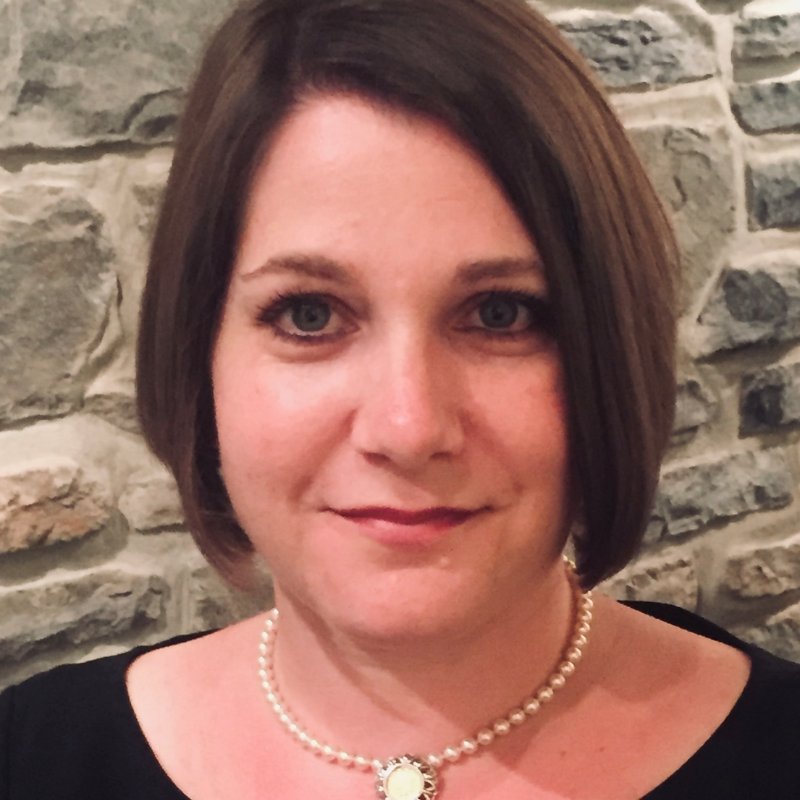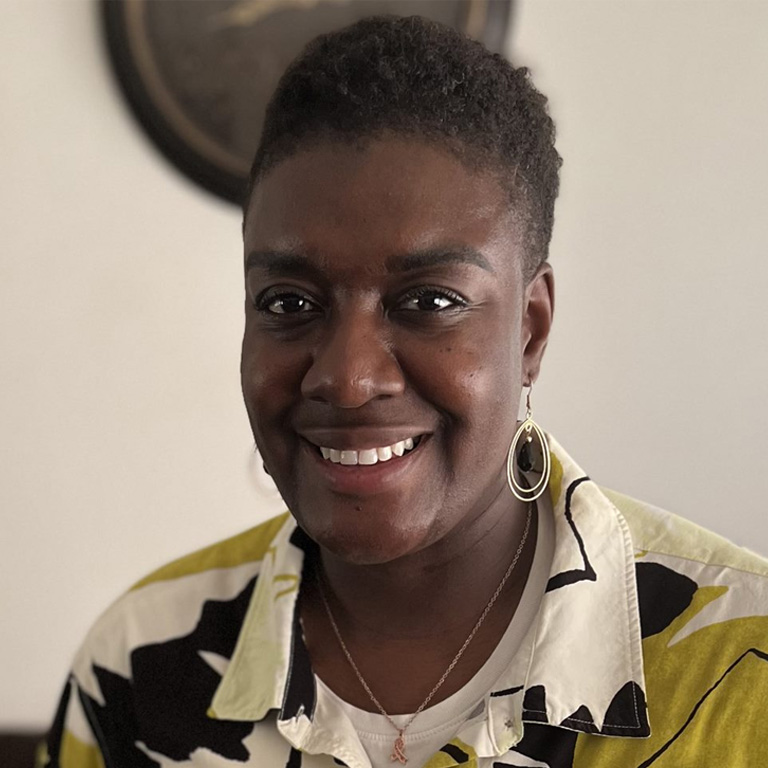Empowering LGBTQ+ voices in breast cancer: Victoria Seamon
A personal journey reveals insights for inclusive care
- 04/15/24
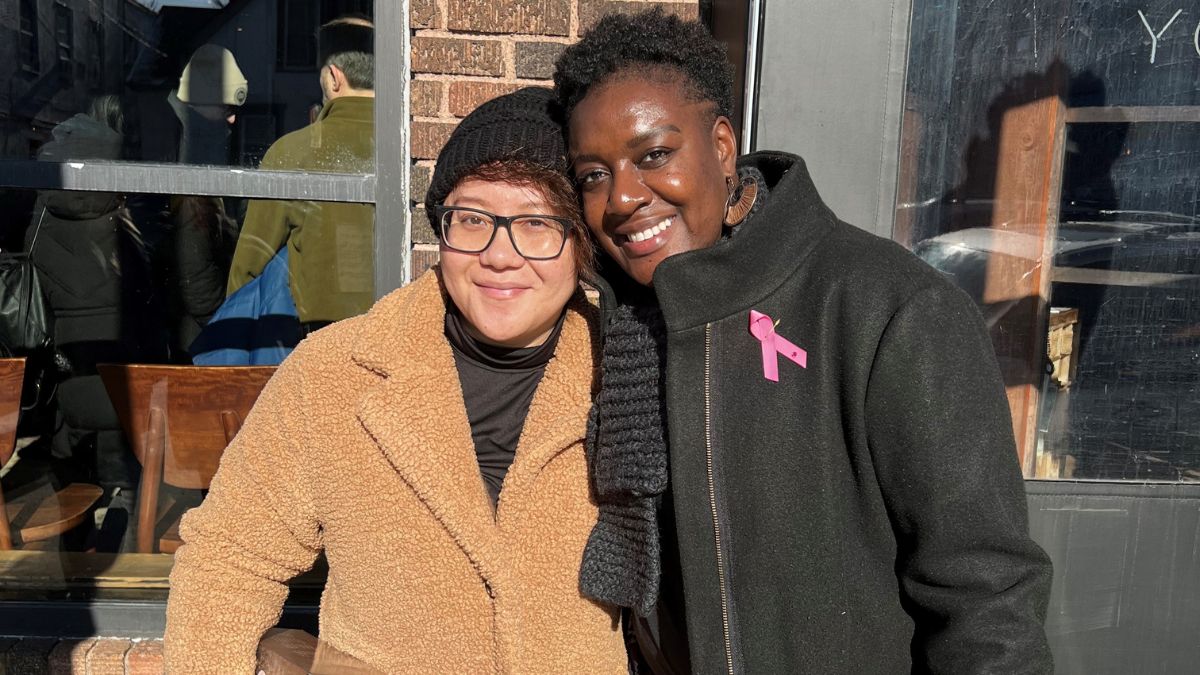
Victoria Seamon received a shocking cancer diagnosis at 34 years old after discovering a lump in her right breast in the summer of 2020.
Due to Covid-19 restrictions, she attended most of her healthcare appointments alone, including a diagnostic mammogram and subsequent biopsy. Additionally, as a person in a same-sex relationship, she faced a lack of LGBTQ+-specific information and resources for people living with breast cancer.
But, while she faced challenges, Victoria recalls receiving “an outpouring of support” as she prepared for and underwent treatment. From near and far, people rallied for her: her loving partner, Maysa; her family, her church community; and the young people she works with as a licensed clinical counselor.
An “amazing” partnership: Caregiving with love, support, and humor
Maysa was a beacon of comfort, encouragement, and selflessness. “She was amazing,” acknowledges Victoria. “Maysa genuinely put her struggles aside to support me; she didn’t want to burden me with them or share how she was feeling. She just wanted to be there for me.”
Maysa made other sacrifices, too: When Victoria was permitted to bring a loved one to a consultation with her breast surgeon, she struggled with deciding who to bring — her mother or her partner. After some discussion, Maysa stepped aside so Victoria’s mother could accompany her daughter.
Victoria was diagnosed stage III estrogen receptor-positive (ER+) progesterone receptor-positive (PR+), HER2-negative invasive ductal carcinoma, and her treatment included a mastectomy, chemotherapy, and radiation. For several months, Victoria stayed at her sister’s home; on occasion, Maysa would spend the night there.
“It was the small things that were so meaningful,” says Victoria. Maysa named Victoria’s cancer “Tina the Tumor,” and, before leaving each morning, she’d leave Victoria a handwritten note to wake up to with an amusing drawing of a humanlike tumor and remark: “We’re gonna kick Tina the Tumor’s butt.”
Looking back, Victoria recognizes that as she was undergoing treatment, her relationship was “on the backburner.” In addition, “there was a lot of attention for me, and my partner didn’t always get acknowledged. That was hard.” Victoria says she had hoped more people would “step up and check in” on Maysa with a small gesture, gift or just a phone call.
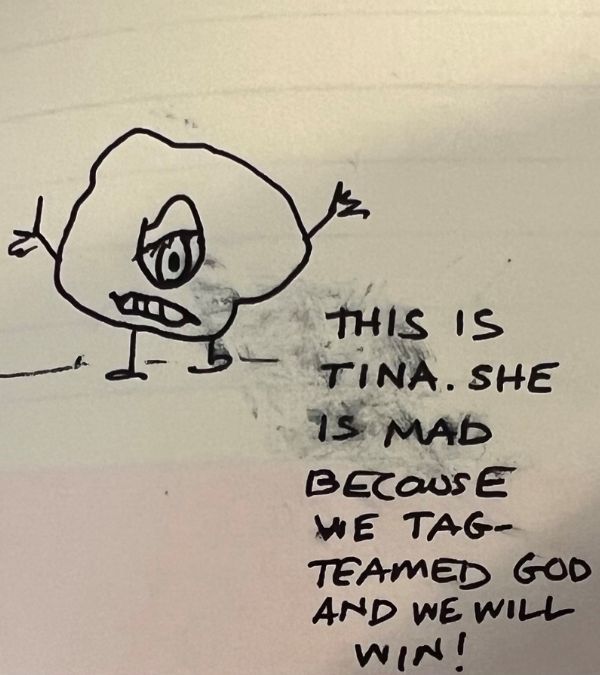
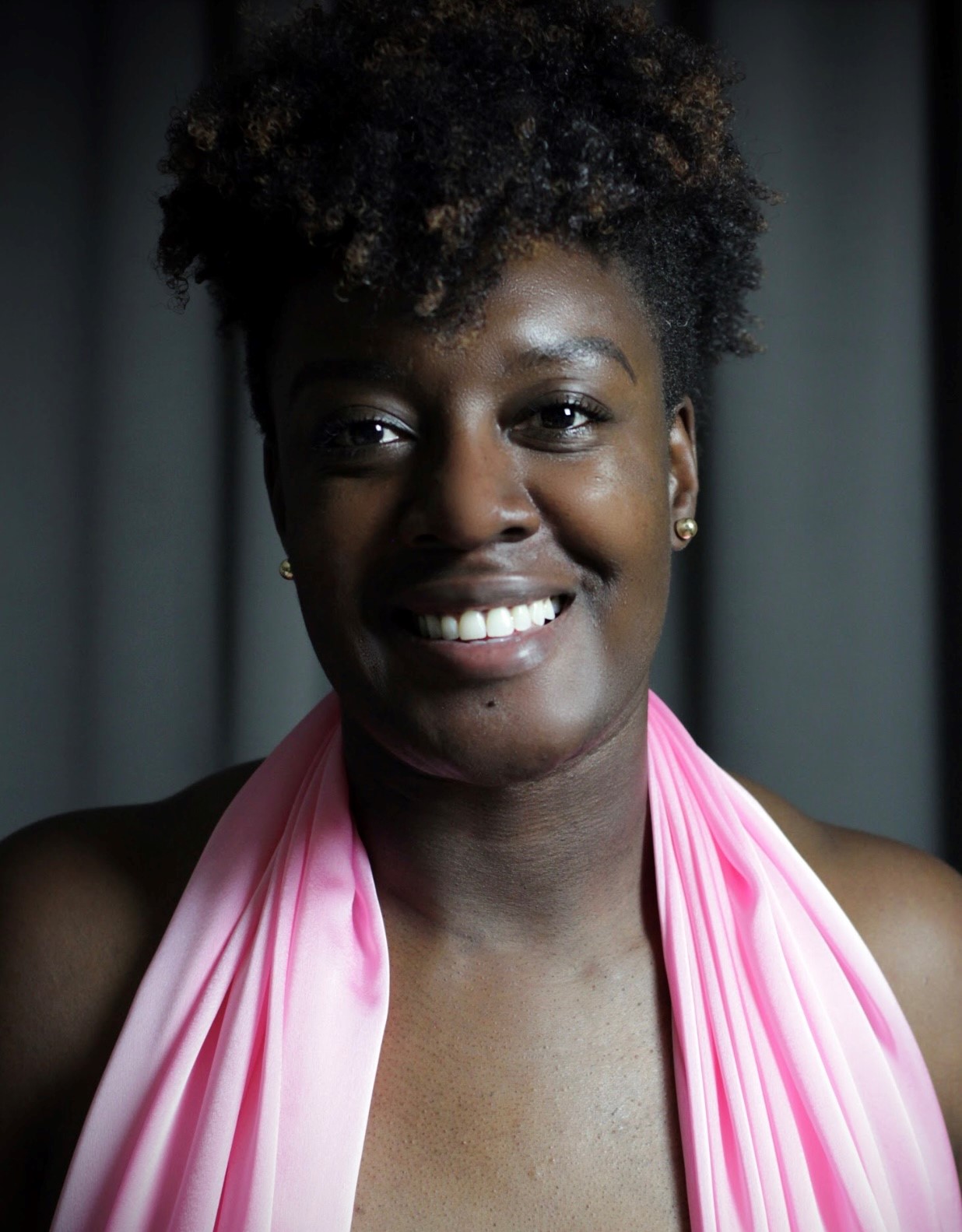
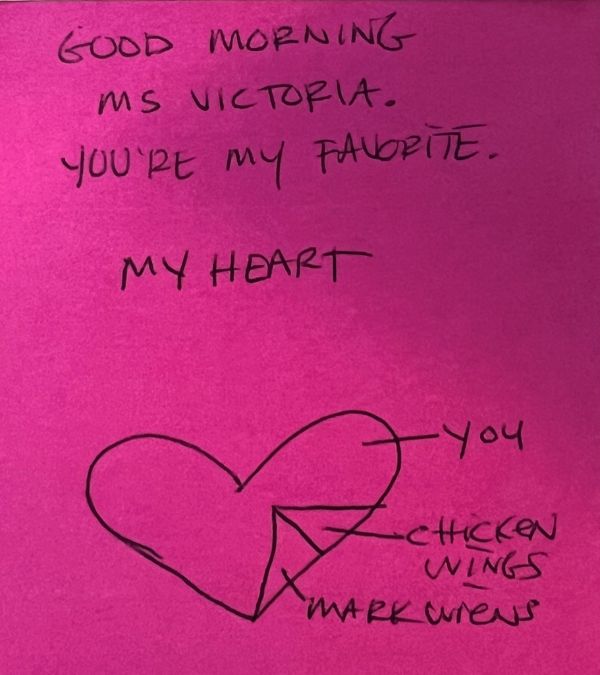
Managing sexual side effects and heteronormative assumptions
Victoria met regularly with a mental health therapist during treatment, which included taking estrogen blockers. Surgery and the hormone therapy affected her body image, sexual desire, and comfort with intimacy. “That put some strain on our relationship,” she explains.
Victoria’s therapist gave her information about coping with the sexual side effects. She also referred Victoria to a salesperson at a specialty store experienced in helping people manage issues with physical intimacy. Initially, when she contacted the store, Victoria felt encouraged by the enthusiastic response she met; however, when, in an email, the staff member suggested Victoria and her husband visit the store, Victoria says, “the assumption turned me off and left me discouraged. As [people] in the queer community, that had an impact on us.” As a result, she and Maysa felt they needed to figure out how “to get back to an OK place” on their own.
Fertility challenges
Cancer treatment side effects have affected Victoria’s ability to become pregnant, a disappointment she is learning to live with. Meanwhile, due to her own health challenges, Maysa is unable to become pregnant herself without running the risk of major complications.
Victoria felt rushed to make treatment decisions after her diagnosis, regretting not pausing to learn more about fertility-preserving options. With the limited information she received from a nurse navigator, Victoria and Maysa determined that fertility preservation was not realistic for them, considering the time and money involved.
Holding it together: Family, friends, and community support
Initially, in addition to Maysa, Victoria shared her diagnosis only with close family — her mother and sister — and a few friends. Shortly thereafter, she told members of her church “because I knew I would need a lot of support. My church community and pastors rallied together and prayed over me.” They also offered rides to appointments and delivered home-cooked food.
A calm, soft-spoken person, Victoria was surprised by the overwhelming response of worry and concern she received. “That made me worry,” she recalls. “People expected me to have a bigger reaction,” but Victoria wanted to stay grounded. At times, she felt like it was her job to care for her loved ones. “I wonder if some of my training [as a mental health professional], and who I am as a person, helped with that. It was almost as if I had to be OK for my friends and family to be OK.” Victoria’s own fears would surface in quiet, private moments. “It was hard at times, holding it together for other people.”
Later, when her paternal aunts and cousins visited from out of state to offer meals and financial support, Victoria learned that several of her father’s family members had also experienced breast cancer. “After noticing that the age of initial diagnosis got younger and younger, we took the advice of a specialist and got genetic testing done,” says Victoria. “My family became more open to discussing our health, which was not common, and with the information we learned, we became advocates for one another.”
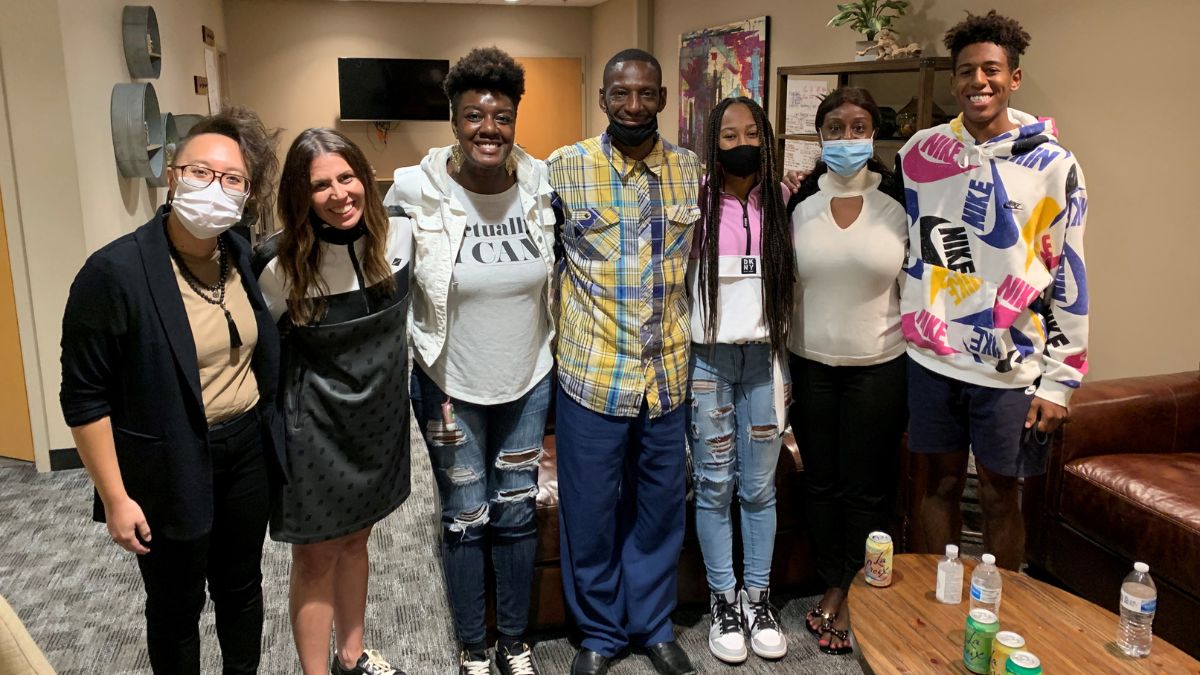
Being transparent with young people
Victoria, proficient in communicating with children and young adults, leads group therapy sessions for young people in day treatment programs. Since she would be taking a nine month leave for treatment, she felt it was necessary to disclose information about her diagnosis to her group.
“All people — but kids and young adults especially — appreciate transparency,” says Victoria. “Kids have the capacity to handle more than we give them credit for.” When she learned that many children (and adults too) associate cancer with death, she offered her group fact-based information and reassured them, “The outlook is very good.”
When Victoria talked with her sister’s teenage children about breast cancer, they were worried, but her nephew and niece “really showed up.” Victoria’s niece offered to shave her head in solidarity when Victoria lost her hair during chemo treatments. While Victoria was touched, she let her niece know that gesture wasn’t necessary.
An LBBC Young Advocate who lives in Minnesota, Victoria has also contributed to LBBC’s webinar series designed for healthcare providers about reducing barriers to inclusive care for people impacted by breast cancer who identify as LGBTQ+. She also served as an expert reviewer for LBBC’s content on its LGBTQ+ with breast cancer pages.
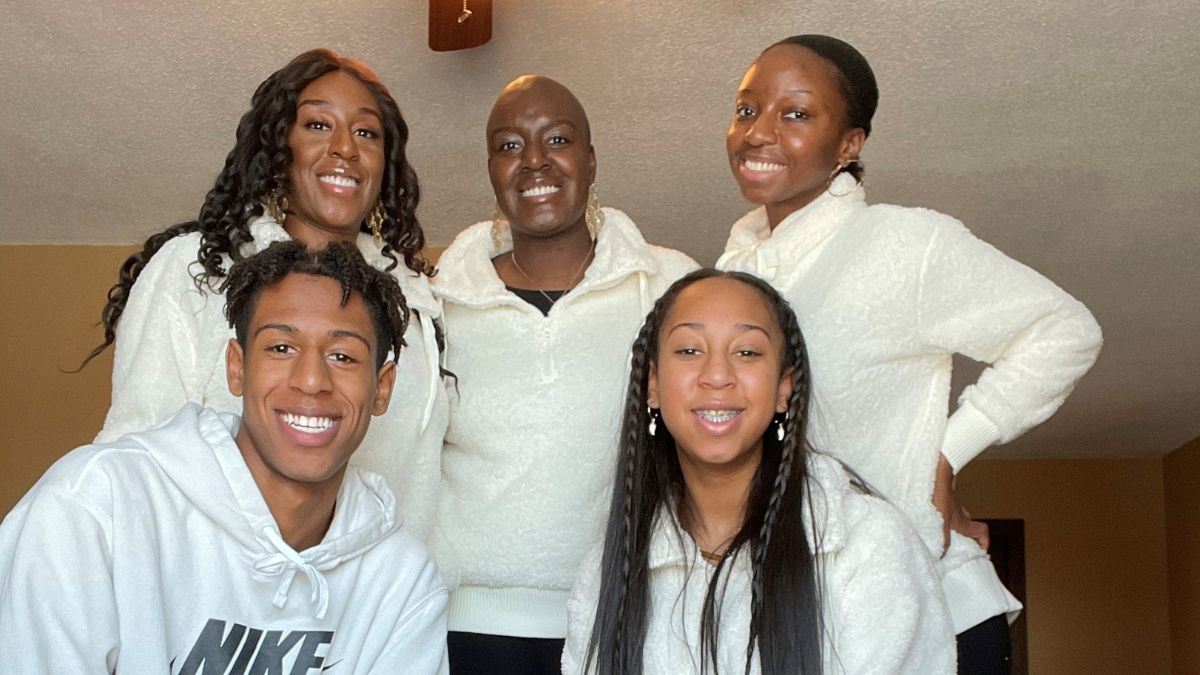
DISCLAIMER:
The views and opinions of our bloggers represent the views and opinions of the bloggers alone and not those of Living Beyond Breast Cancer. Also understand that Living Beyond Breast Cancer does not medically review any information or content contained on, or distributed through, its blog and therefore does not endorse the accuracy or reliability of any such information or content. Through our blog, we merely seek to give individuals creative freedom to tell their stories. It is not a substitute for professional counseling or medical advice.
This article was supported by the Grant or Cooperative Agreement Number 1 U58DP006672, funded by the Centers for Disease Control and Prevention. Its contents are solely the responsibility of the authors and do not necessarily represent the official views of the Centers for Disease Control and Prevention or the Department of Health and Human Services.
Stay connected
Sign up to receive emotional support, medical insight, personal stories, and more, delivered to your inbox weekly.


